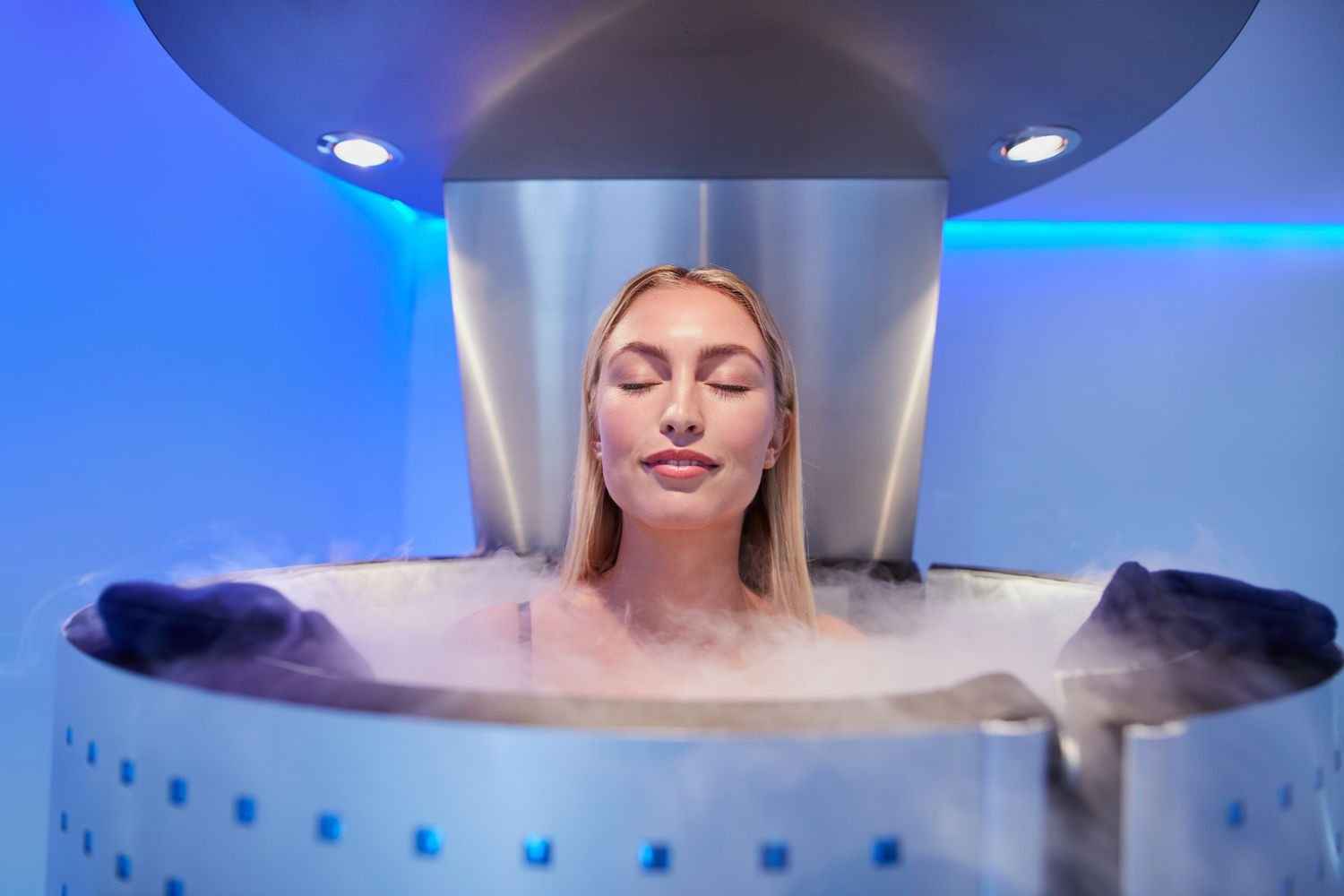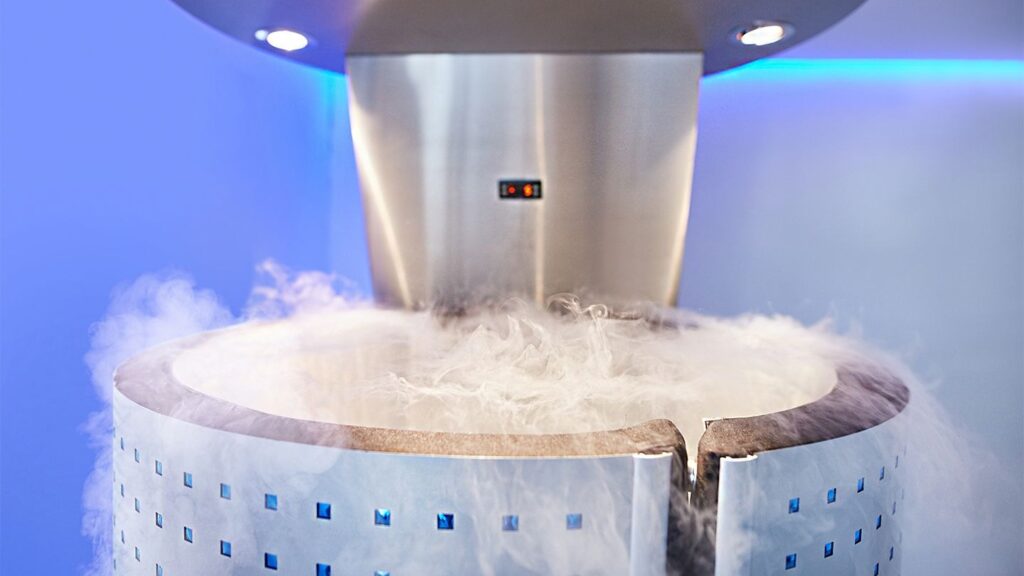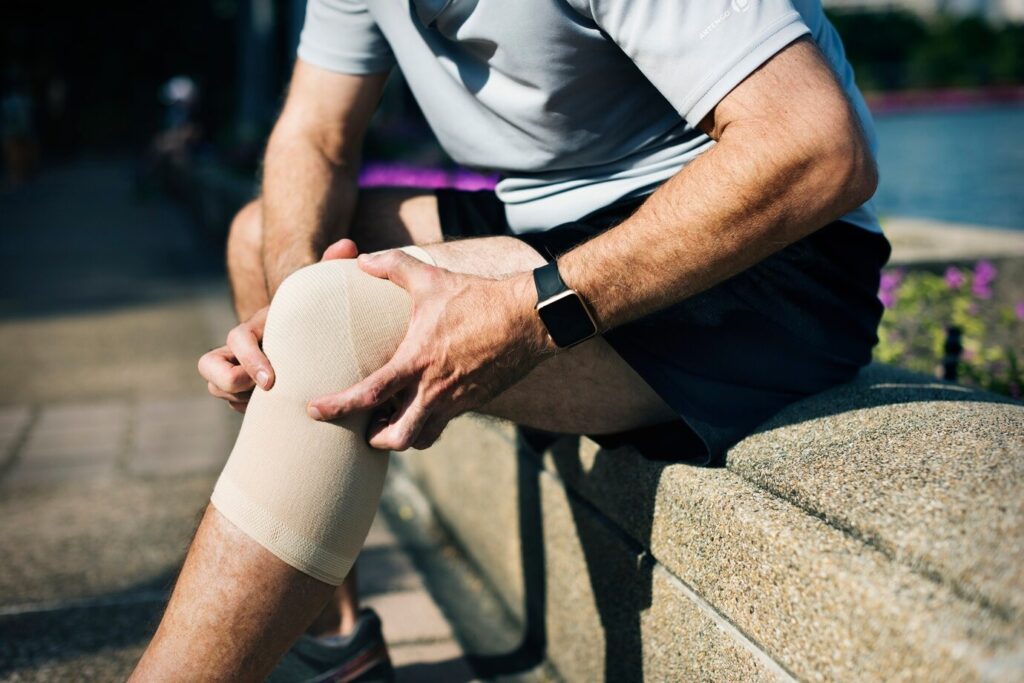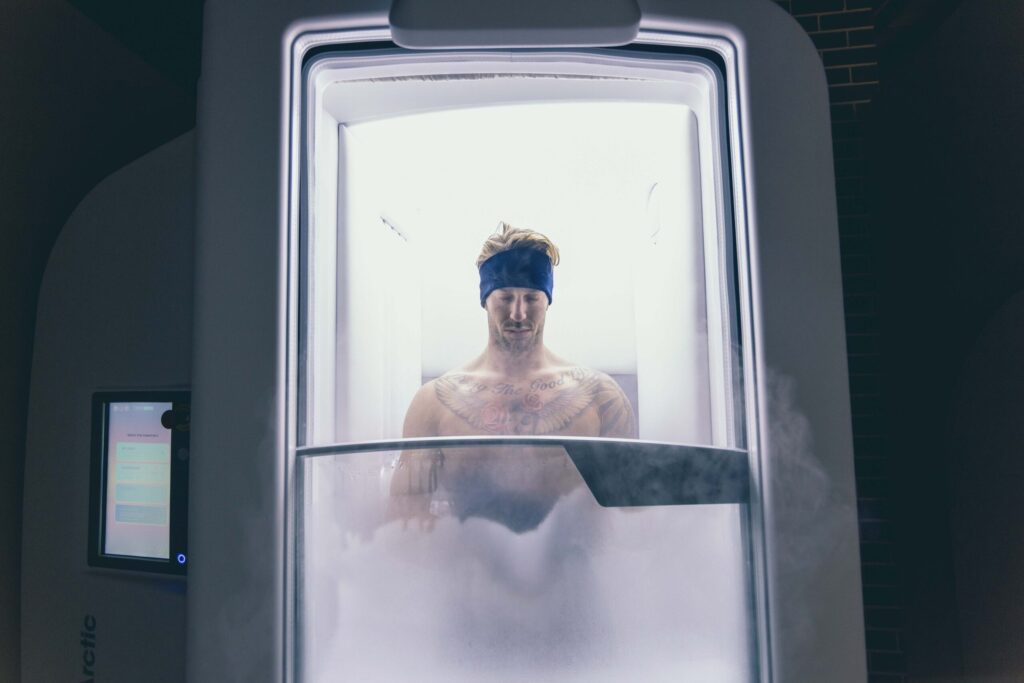
Cryotherapy, a term that might sound complex, is a straightforward and innovative approach to managing chronic pain. This blog post delves into the world of targeted cryotherapy, a specific type of cryotherapy that focuses on treating localized areas of pain.
Unlike traditional methods that might apply cold to the entire body, targeted cryotherapy zeroes in on specific regions, offering a more direct and often more effective pain relief solution. In this journey, we’ll explore how this technique works, its applications, and its growing popularity as an at-home remedy for chronic pain sufferers.
Table of Contents
Principles of Targeted Cryotherapy

Source: everydayhealth.com
The mechanism behind targeted cryotherapy is fascinating yet simple. When a part of the body is exposed to cold, it triggers a natural response where blood vessels in that area contract. This reaction, known as vasoconstriction, reduces blood flow, which subsequently diminishes inflammation and swelling. This decrease in inflammation directly correlates with a reduction in pain.
Targeted cryotherapy leverages this response, focusing the cold precisely where it is needed. By using a targeted cryotherapy machine, individuals can pinpoint their treatment, enhancing the efficacy of the therapy. This precision is particularly useful for treating specific injuries or chronic pain areas, making targeted cryotherapy a potent tool in the realm of pain management.
General cryotherapy often involves exposing the entire body to cold temperatures, typically in a cryo-chamber. This broad approach is beneficial for systemic issues but may not address specific pain points effectively. On the other hand, local cryotherapy focuses exclusively on the affected area. This concentration of cold therapy not only ensures a more intense treatment at the targeted site but also avoids unnecessary exposure of the entire body to extreme cold.
This specificity is what makes local cryotherapy benefits so pronounced, especially for athletes or individuals with localized pain or injuries. By using a local cryotherapy machine, users can precisely target their therapy, making it more efficient and tailored to their specific needs.
Cryotherapy comes in various forms, ranging from simple at-home methods to advanced clinical treatments. The simplest form is the application of ice packs, which can be considered a basic form of home cryotherapy. These are readily accessible and can be used to treat minor injuries or pain.
As we move up the complexity scale, there are specialized devices designed for at home cryotherapy. These machines allow for more controlled and targeted application of cold. On the higher end of the spectrum are cryo-chambers, used in clinical settings, which expose the entire body to subzero temperatures for short periods.
Applications of Targeted Cryotherapy

Source: freepik.com
The applications of targeted cryotherapy extend beyond just pain relief but also to key applications listed below:
- Sports Injuries: Athletes frequently use targeted cryotherapy to treat sprains, strains, and overuse injuries. Cold therapy helps to reduce inflammation and accelerate the healing process, allowing athletes to return to their sport more quickly.
- Chronic Conditions: Conditions like arthritis and fibromyalgia, which cause ongoing pain and stiffness, can be managed effectively through regular targeted cryotherapy sessions. This therapy helps to reduce the chronic inflammation associated with these conditions, providing long-term relief.
- Post-Exercise Recovery: After intense workouts, targeted cryotherapy can help reduce muscle soreness and fatigue. By applying cold to specific muscle groups, athletes can enhance their recovery and improve their overall performance.
- Cosmetic and Skin Treatments: Targeted cryotherapy is also used in cosmetic treatments to reduce puffiness, tighten the skin, and improve overall skin tone. By applying cold to specific facial areas, it can stimulate blood flow and rejuvenate the skin.
- Neurological Benefits: Some studies suggest that targeted cryotherapy may have neurological benefits, such as reducing symptoms of anxiety and depression. Cold exposure can trigger the release of endorphins, providing a sense of well-being.
These diverse applications highlight the versatility and efficacy of targeted cryotherapy in various aspects of health and wellness.
Comparative Analysis with Other Pain Relief Methods

Source: freepik.com
Cryotherapy vs. Heat Therapy
Cryotherapy and heat therapy are often considered opposites in the spectrum of pain relief methods. While cryotherapy involves the application of cold temperatures to reduce inflammation and numb pain, heat therapy uses warmth to relax muscles and improve circulation. Heat therapy is typically more effective for chronic muscle tension and stiffness, whereas cryotherapy excels in acute injuries and inflammation reduction.
Targeted cryotherapy presents a non-invasive alternative, offering pain relief without the associated risks of medication. While medications can be effective for immediate pain relief, cryotherapy offers a sustainable option for managing pain, particularly for those who prefer a drug-free approach or have conditions like arthritis where long-term pain management is necessary.
Understanding the Risks and Safety Measures
When using cryotherapy devices at home, it’s vital to manage risks effectively. Users should educate themselves on the proper use of their specific cryotherapy machine for home. It’s advisable to start with shorter sessions and gradually increase the duration as tolerated. Individuals should also monitor their skin’s reaction to the treatment and stop immediately if any adverse signs are noticed.
Safety in cryotherapy involves adhering to specific protocols and measures. This is particularly important for those using home cryotherapy systems. Key safety measures include:
- Limiting exposure time to avoid skin damage.
- Ensuring the cryotherapy device is used as directed, particularly regarding temperature settings.
- Using protective clothing or barriers between the skin and the cryotherapy device to prevent direct skin contact with extremely cold surfaces.
- Avoiding cryotherapy on open wounds or infected areas.

Source: bodywrl.com.au
Healthcare professionals can provide tailored advice on how to integrate cryotherapy into a pain management plan effectively. They can also offer guidance on the correct usage of local cryotherapy machines and help determine the best treatment protocol for individual needs. This professional input is invaluable in ensuring that cryotherapy is both safe and effective for each user.
The future of targeted cryotherapy is promising. Ongoing research and technological advancements are continually enhancing the effectiveness and accessibility of cryotherapy machines for home use. There is growing interest in exploring the full potential of cryotherapy, not only in pain management but also in overall health and wellness. This evolving landscape suggests that targeted cryotherapy will continue to be an integral part of pain management strategies, offering hope and relief to those suffering from chronic pain.







